GE 4.8 cu. ft. White Front Load Washing Machine with OdorBlock UltraFresh Vent System with Sanitize and Allergen
Vent System prevents odors ensuring your washer is always fresh. SmartDispense stores and automatically dispenses detergent. Wirelessly control your laundry from anywhere with a smart device.
GE appliances provides up-to-date technology and exceptional quality to simplify the way you live. With a timeless appearance, this family of appliances is ideal for your family. And, coming from one of the most trusted names in America, you know that this entire selection of appliances is as advanced as it is practical.
- UltraFresh Vent System With OdorBlock – The first and only UltraFresh Vent System with OdorBlock eliminates excess moisture to help prevent odors ensuring your washer stays fresh and clean
- Microban antimicrobial technology – Built into components including the gasket, dispenser and draining system delivering protection that lives on load after load
- SmartDispense Technology – Save time and make laundry effortless with an intelligent dispenser that holds up to 32 loads of detergent and automatically dispenses the right amount each time
- Built-in Wi-Fi – Start, stop and monitor your laundry from anywhere while receiving real-time notifications and updates
- Dynamic Balancing Technology (dBT) – Our patented, time saving technology senses and re-balances uneven loads during the spin cycle, providing a quiet wash
- Reversible Door – Easily reverse your washer and dryer door for superior installation flexibility
- PowerSteam – Safely penetrates deep into fabric fibers, loosening stains to deliver enhanced cleaning performance
- Quick Wash Cycle – Provides a fast 20 minute wash for lightly soiled items
- Sanitize and Allergen – Industry-first cycle sanitizes fabrics to kill 99% of common bacteria and allergens such as dust mites
- Time Saver-When you need to Get a full load of clothes clean in only 37 minutes
- Internal water heater – Increases wash temperature to reduce bacteria and provide better cleaning for the really tough stains
- Approximate Dimensions (in.) – 39-3/4 in. H x 28 in. W x 32 in. D
- Limited 1-year entire appliance warranty
- Energy Star
Additional information
| Capacity - Washer (cu. ft.) | 4.8 |
|---|---|
| Depth With Door Open 90 Degrees (In) | 54.5 |
| Door Opening Height (In.) | 15.25 |
| Door Opening Width (In.) | 22.5 |
| Product Depth x Height x Width (in.) | 32 x 39.75 x 28 |
| Certifications and Listings | ADA Compliant,Energy Star,UL Listed |
| Manufacturer Warranty | Limited 1 year entire appliance warranty |

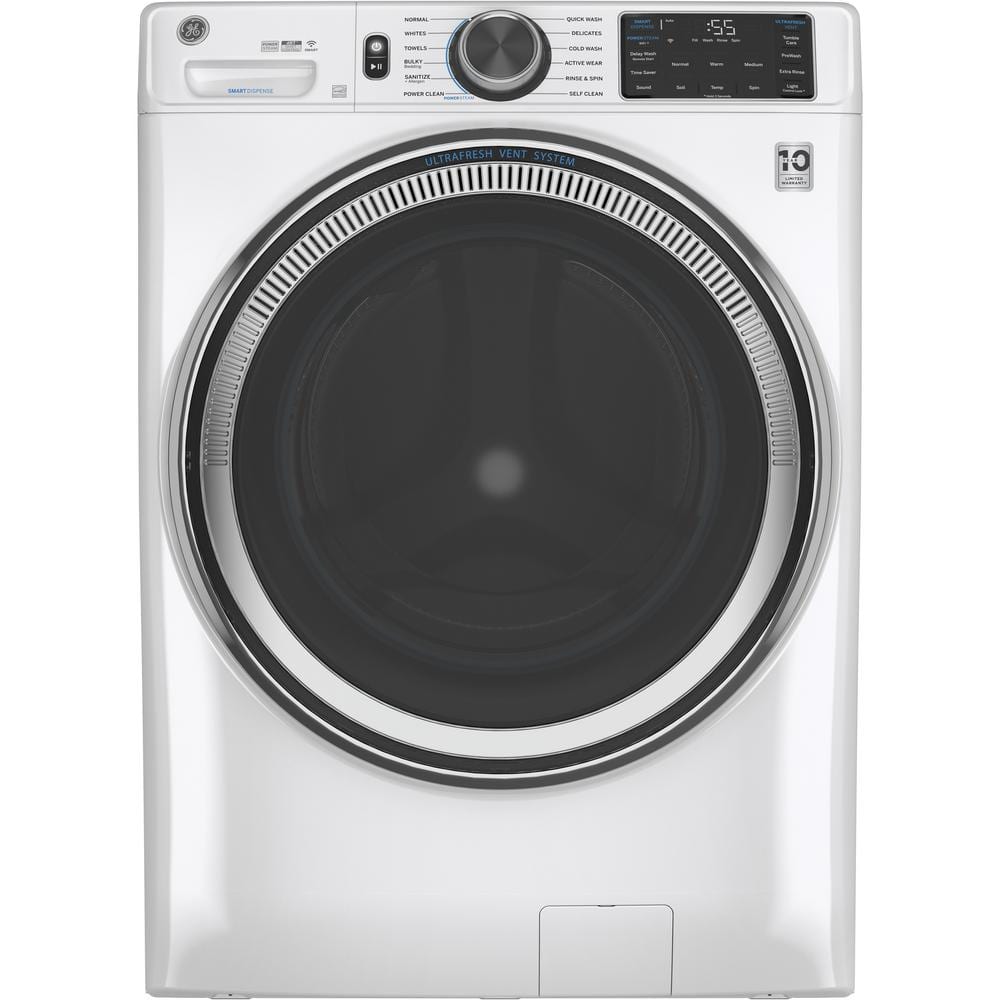
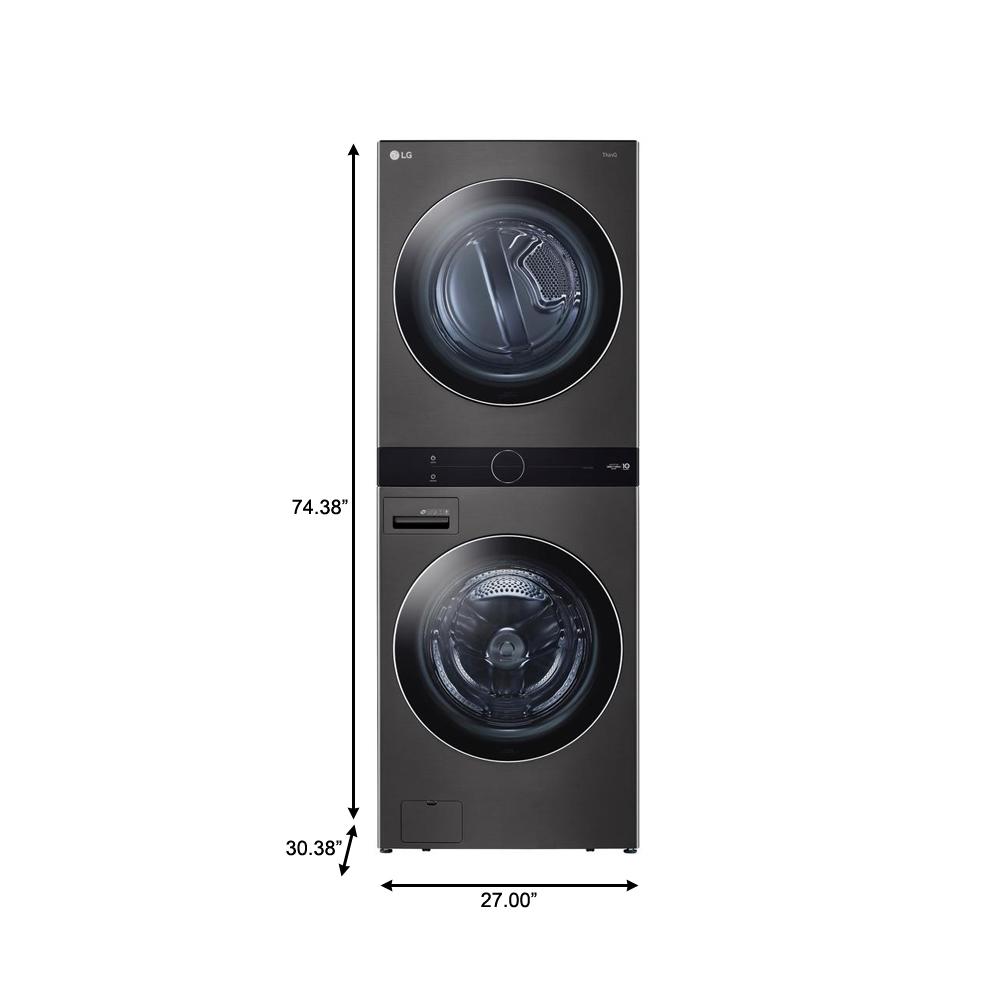
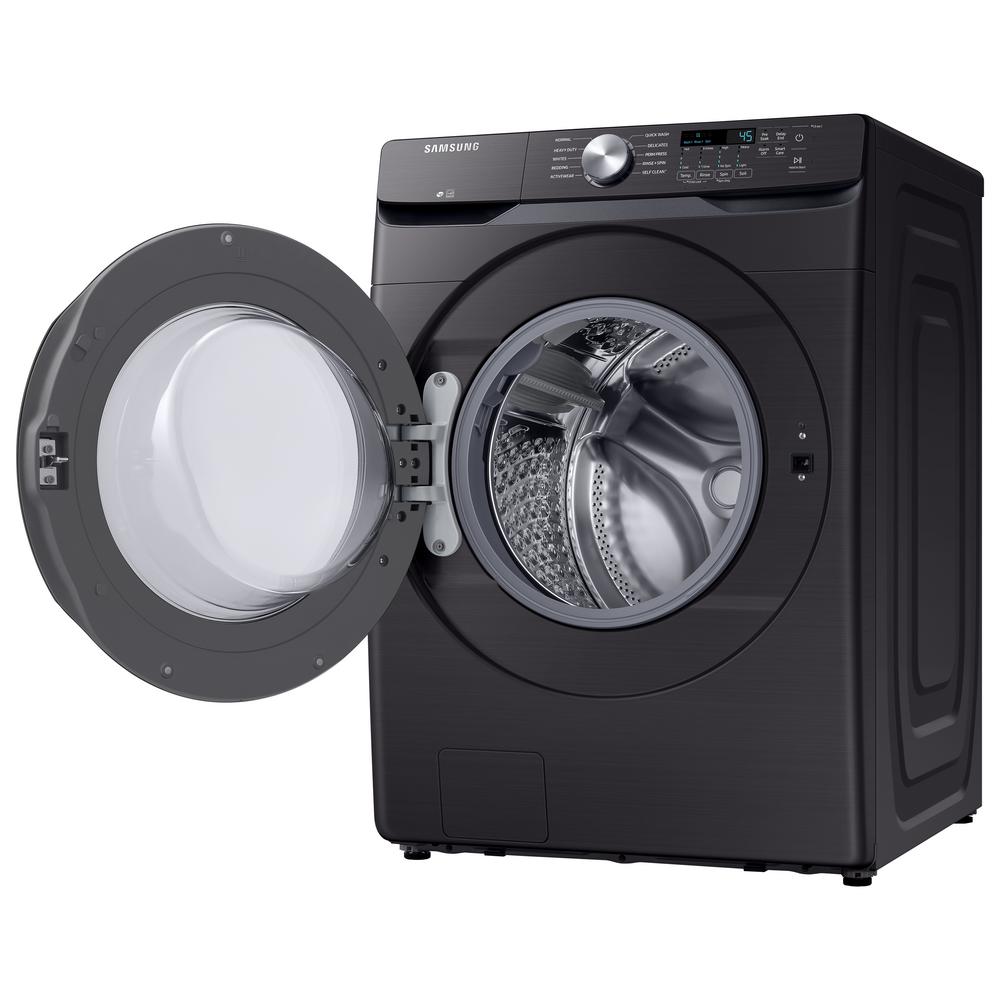
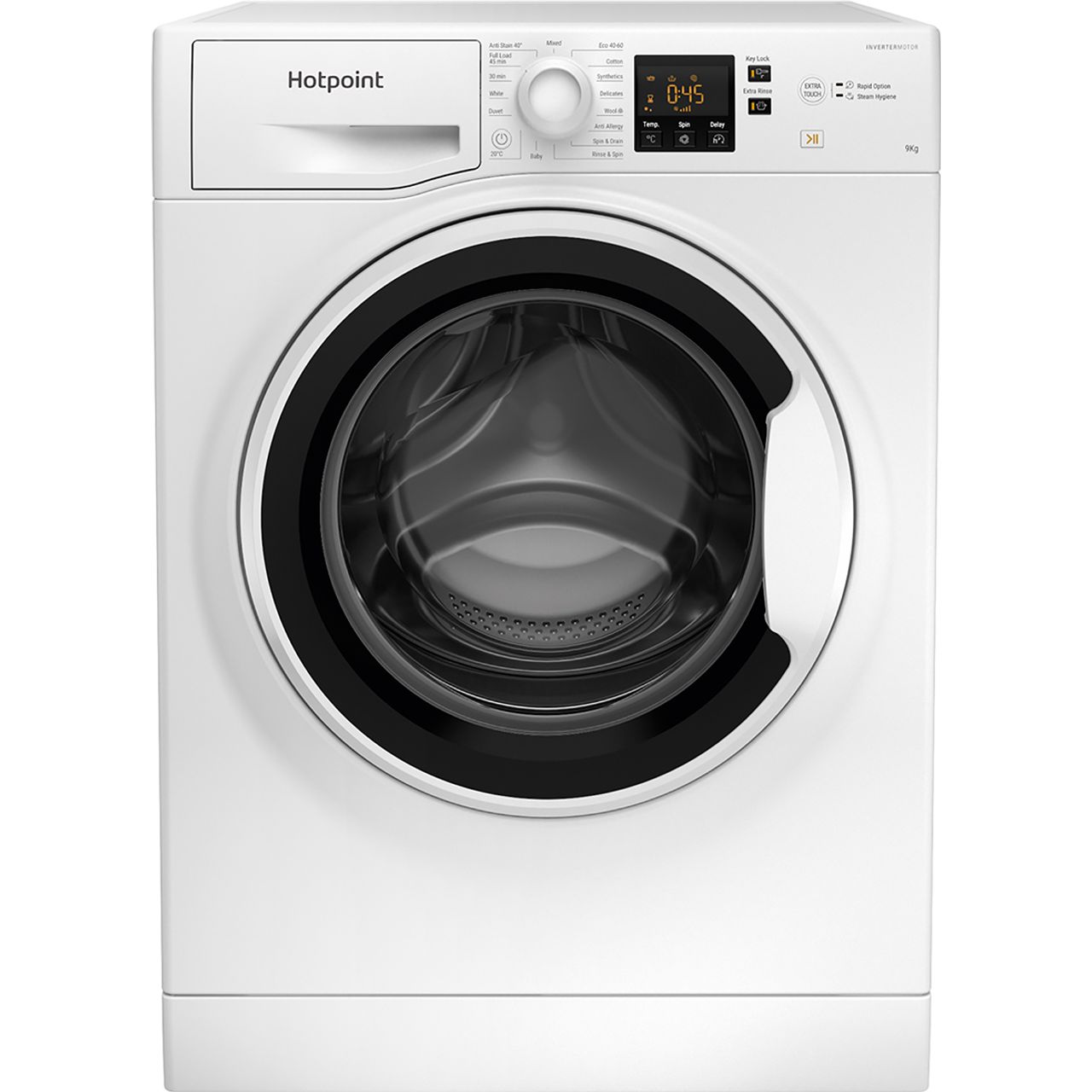
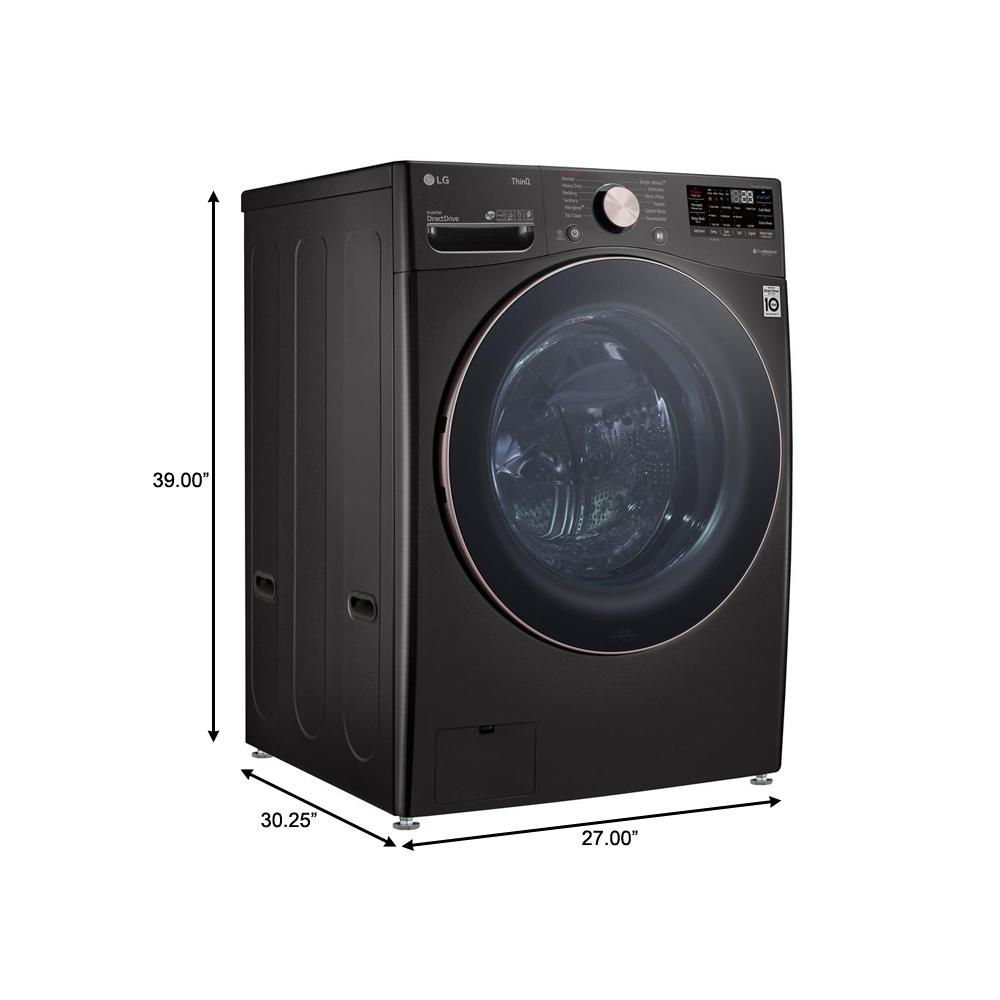
by Nana
I have always wondered why washing machines did not offer more features to make my life easier. I love the smart sense for detergent needs, the ability to set controls to sanitize a load, and the wonderfully clean smell of the laundry coming out. I love the steam feature to get rid of wrinkles and miracle of all miracles, it will actually dry a small load. It uses less electricity and water than my previous 18 year old model and can handle bigger loads. I love it.
by Debbie
Best addition to our new laundry room! So quiet and great features.
by Daniel
It cleans our clothes so well, its quiet, it has so many smart features like steam. I cant say enough about this machine!
by Sara
Very quiet, wash good, and the spin cycle on regular is almost dry.
by Marianne
This is the smartest washer ever!! I love it and would highly recommend to anyone!!
by Missy
Love this machine…..it is economical yet our clothes are clean. It is pleasing to the eyes and I no longer have to worry about if my husband’s heavy work pants are getting washed thoroughly. Now we have to look into getting the matching dryer.
by Pete
I love this washer so nice! Going to get dryer that matches it and pedestal.
by Wayne
What I love the best is the super vent system which dries inside of washer to prevent odors!